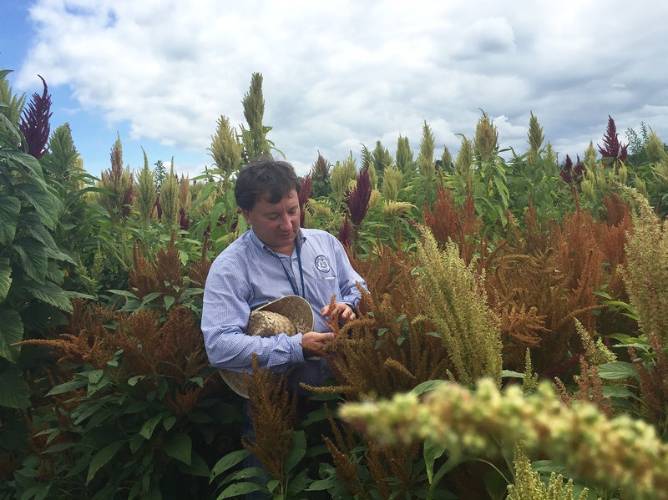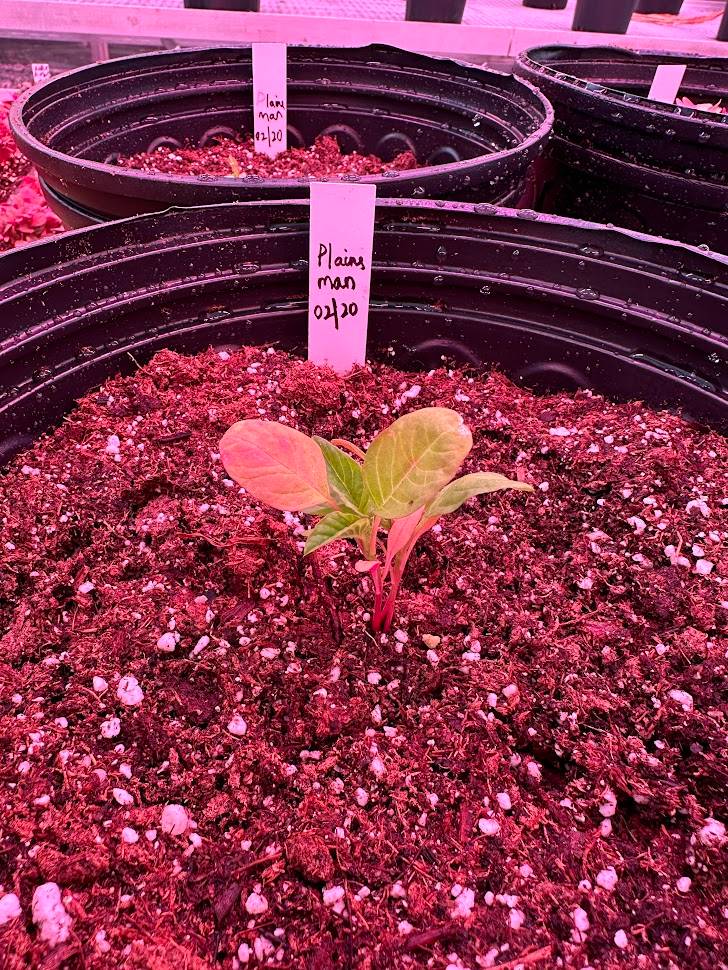- Home >
- Faculty Websites >
- Matthew Blair
- > Amaranth Research
Amaranth Research
Amaranth Research
Centuries Old, Yet New to the Modern Market
At Tennessee State, research is being conducted surrounding Amaranth, a native-to-the-Americas grain with exceptional nutritional value.
| Why Amaranth? | This grain has 12 to 17% protein, is high in lysine (an essentiol amino acid -- which other crops are low in), has high fiber content, and is low in saturated fat. |
Because of its importance as a symbol of indigenous culure, its gluten-free palatability, ease of cooking, and a protein that is particularl well-suited to human nutritional needs, interest in grain amaranth (especially A. cruentus and A. hypochondriacus) revived in the 1970's. It was recovered in Mexico from wild varieties and is now commercially cultivated. - Wikipedia
Making the News
Climate-change Adaptation
Our Papers
DIY Seed Cleaning Methods
Gallery





